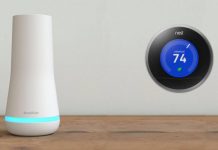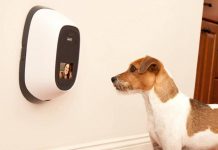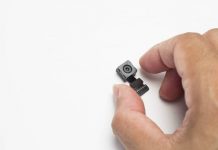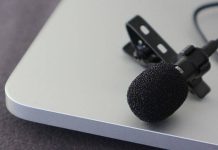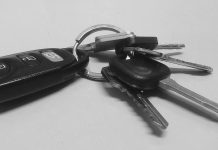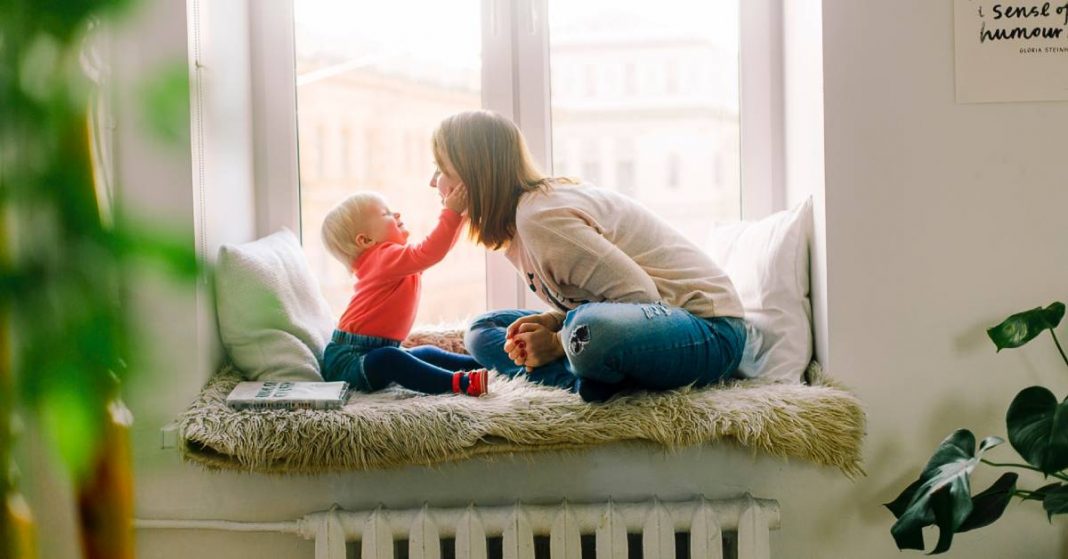UPDATED December 11, 2021 This piece has been updated to reflect the emergence of new technology


Christian Mathews Security Writer
Most parents who are expecting their first baby have little or no experience in how to baby proof a house.
What areas of my house should be off-limits for the baby? Do I need to buy any products or renovate some parts of the house? When do I start and what should I do?
These are some of the questions parents constantly think about. Reports are made of babies getting seriously injured due to minor hazards in the home and it worries parents.
If you’re finding yourself in a similar situation, we’re here to help. We’ll lead you through a simple, step-by-step process on baby proofing your home at different stages of your child’s growth.
1Different Household Hazards for Babies
Before we talk about how to baby proof a home, let’s first talk about different household hazards and common circumstances.
Electrocution
Curiosity takes over children when they see electric outlets and devices, making them explore sockets and cables with their fingers.
Drowning
Children can easily drown in the bathtub, even in shallow water, and such mishaps have happened with many unfortunate parents.
Choking
A child’s instinct is to put most things into their mouth and if they get their hands on small objects, they are likely to swallow and choke on such things.
Sharp Edges And Wobbly Furniture
Colliding with sharp edges of tables and furniture can injure your child. Wobbly and unstable furniture can topple over children even with a light push or pull.
Chemical Agents
Many items that we use in our daily lives, such as cleaning agents, contain chemicals that can harm even adults if ingested. So one can imagine the consequences if children get their hands on such things and put it in their mouth.
2How to Baby Proof Your House – Here’s Everything You Need to Know
Babyproofing your house is not a one-time task. A newborn baby can’t move around, so they are less likely to hurt themselves. But once they learn to crawl and walk, they’ll be moving around a lot. So, you need to make some modifications time and again based on your child’s growth, movement, and activity.
We have divided this guide into different sections, explaining how you must baby proof your house at every stage of your child’s growth and ensure home safety for your child.
When Your Child Is An Infant
For the first three months, your child will be spending most of his time in the nursery (especially in their crib). Additionally in the bathroom for regular baths. So during this stage, your main focus should be making their crib as safe as possible and here’s how you can do it:
- Infants get suffocated easily, so never wrap your baby tightly with thick clothes or blankets when they are sleeping
- Use a firm mattress in the crib as soft mattresses will not support the baby’s spine and skeletal structure
- Never lay your baby on their stomach or their side when sleeping. They should always sleep on their back
- Tightly fit the sheet on the crib. Infants are fidgety and loose sheets wrap around them easily
When you’re bathing the baby, there’s not much they can do on their own due to their limited mobility. The most important thing is not to leave your baby unsupervised for even a split second in the bath during this age, as infants can drown very quickly even in a few inches of water. Also, check the temperature of the hot water before you put the baby in the tub.
When Your Child is 3 to 6 Months Old
This is the stage when your baby learns to balance their weight and sit up on their own. They also start using their hands more often, grabbing anything they can reach and most often putting things in their mouth. Here’s how you can baby proof your house during this stage:
- Keep following the same measures for crib safety that we discussed above.
- Never keep any small objects or toys in the crib as your baby can choke on it.
- Babies are recommended to be breastfed for at least six months, so no need for the baby to be in the kitchen during this age.
- While you can keep the baby out of the crib sometimes, have a thick and soft rug installed all over the nursery floor. Remove heavy furniture from the nursery room, and if you must have furniture in the nursery, then anchor it.
- Check the nursery and the crib regularly to make sure there are no small objects that may have dropped unknowingly.
- You might want to let the baby stay in the living room sometimes. If so, keep them close to you at all times. Also, have a rug installed on the living room floor.
When Your Child Is Past 6 Months Old
Now, this is the stage where you must become more cautious and alert. Within 6 to 9 months of age children learn to crawl and even stand while holding on to support in most cases.
By the time they are one-year-old, many children learn to walk as well, some with support and some without. So they are more likely to explore the home on their own and unless you can have eyes on them 24/7, you need to take some important measures.
- Keep the crib mattress on the lowest height as your baby can now hold the edges and stand up. If your baby is taller than the crib’s edge, even at the lowest mattress setting, then you must buy a new, taller crib. Consider using a baby monitor with screen and WiFi to keep an eye on your child while sleeping
- Anchor all furniture in those rooms where you let your baby move around. This includes mainly the nursery and the living room
- Glass items and cleaning materials, chemicals, and any other item which can harm your baby should all be kept on higher shelves so the child can never reach them
- Keep the bathroom locked at all times as it’s one of the most dangerous places for the baby to wander around unsupervised
- Never leave the baby alone in the kitchen. Ensure all dishes, knives, cutlery and cleaning agents are placed at a height
- Cover all electric sockets and conceal cords and wires of all electrical equipment throughout the house. Cover the fireplace if you have one
- Place an anti-slip mat in the bathroom
- Place a toddler gate for stairs on both ends of stairs in your home and bars/fences on windows
- Lock up any furniture that can be opened, be it shelves, cupboard or drawers
All these steps can seem overwhelming. When these changes have been implemented, your home and daily life will certainly not be as convenient as it used to be. Constant locking and unlocking of doors, knobs, and shelves, and having to stay sharp all times may seem exhausting. While this seem an inconvenience, the upside (your child’s safety) will greatly outweigh this.
So, don’t take these childproofing measures lightly or think of them as a hassle. Don’t wait until the last moment to get started. The best time to begin toddler proofing your house is a few months before the baby’s delivery. That way, you will also be relieved to welcome your baby in a home that you can truly consider a safe abode for both you and them.









